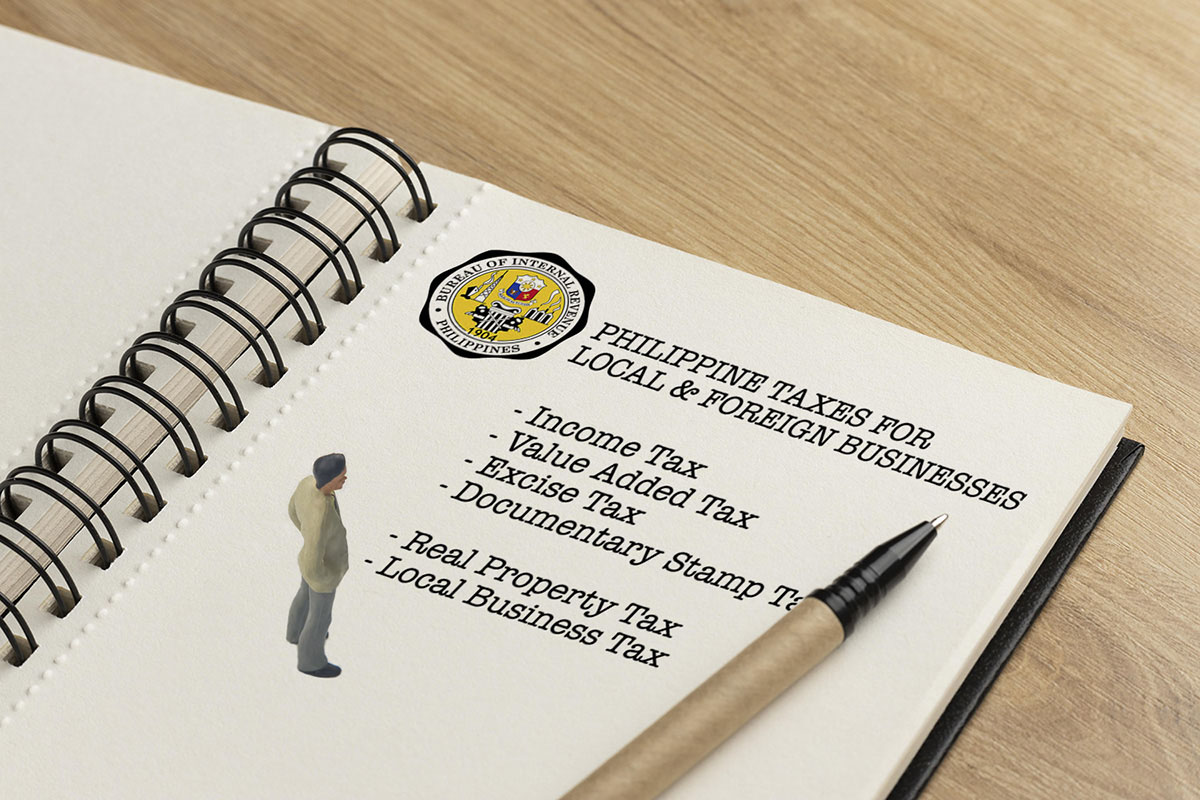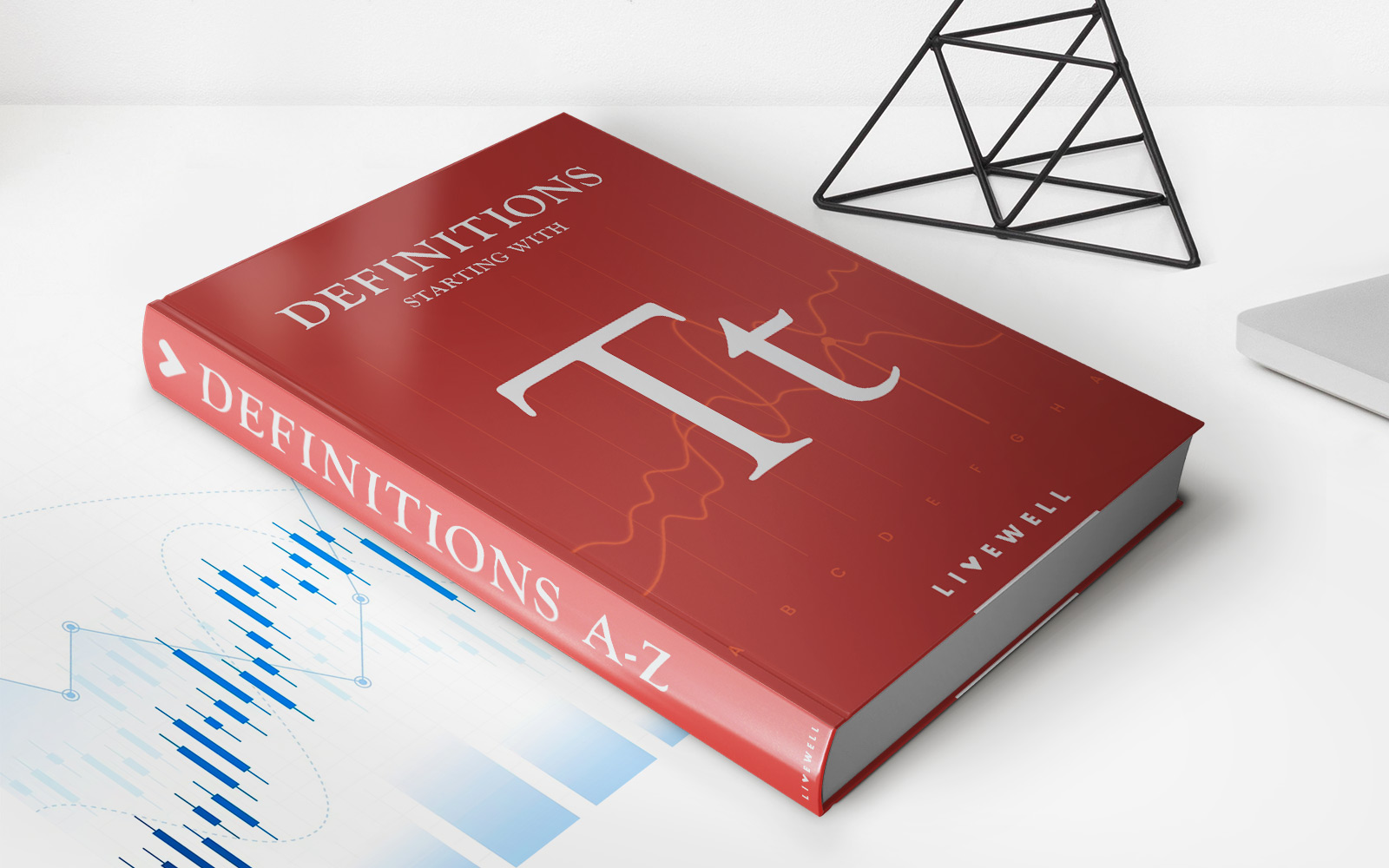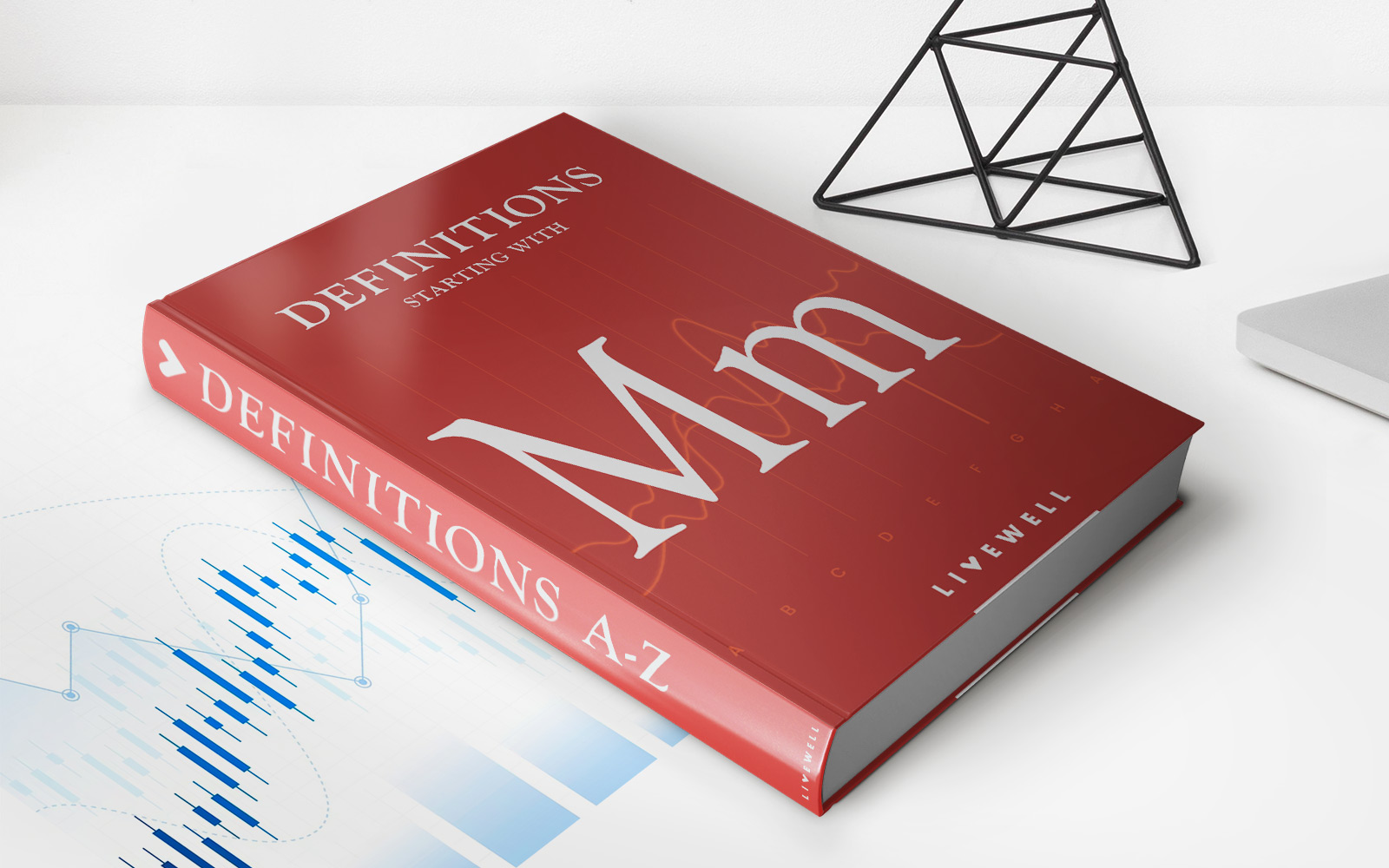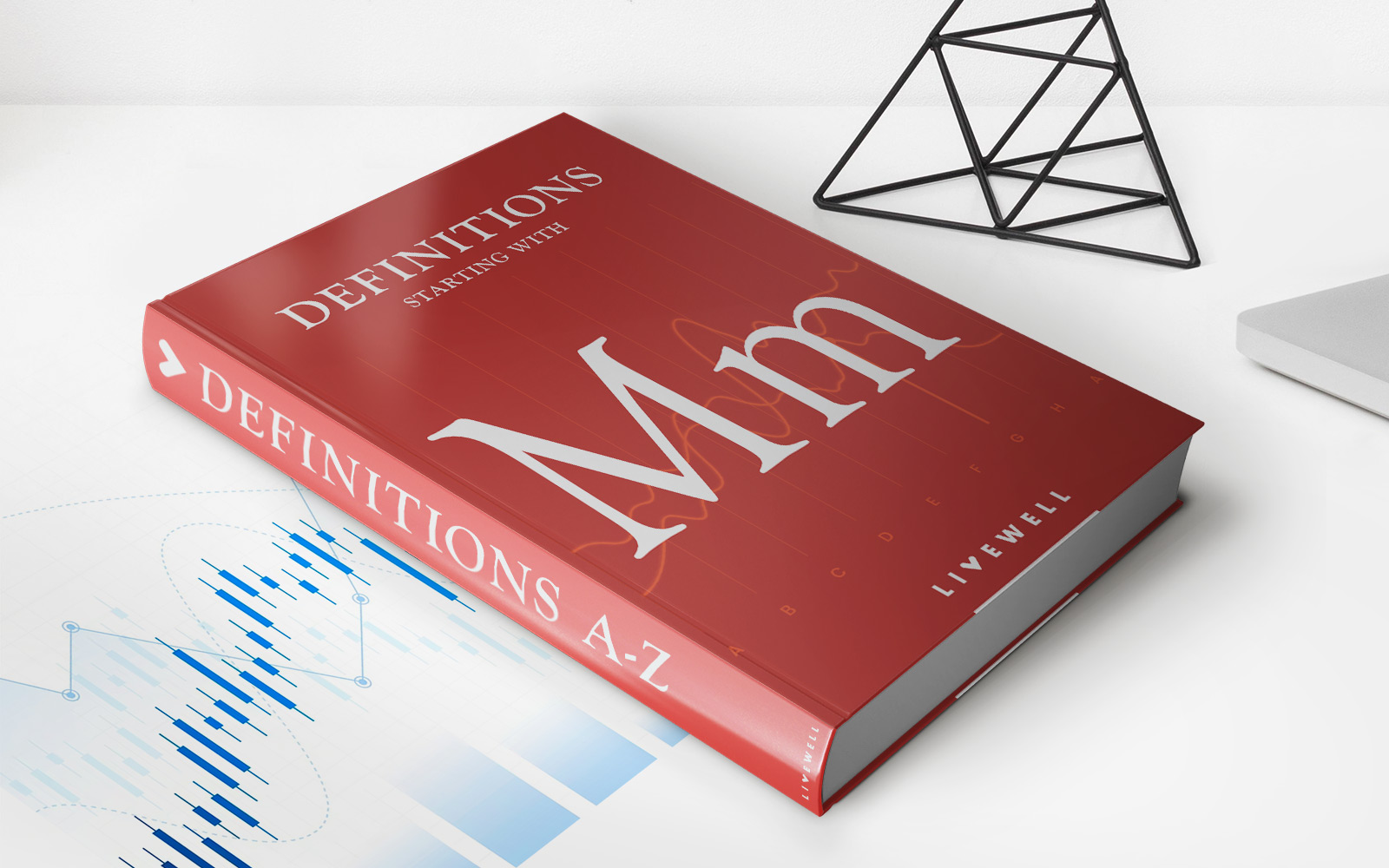

Finance
How To File Quarterly Taxes For Small Business
Published: November 26, 2023
Learn how to file quarterly taxes for your small business and stay on top of your finances. Simplify the process and maximize your deductions.
(Many of the links in this article redirect to a specific reviewed product. Your purchase of these products through affiliate links helps to generate commission for LiveWell, at no extra cost. Learn more)
Table of Contents
Introduction
Welcome to our comprehensive guide on how to file quarterly taxes for small businesses. As a small business owner, it’s crucial to understand your tax obligations and stay compliant with the Internal Revenue Service (IRS) regulations.
Quarterly taxes are a way for self-employed individuals and small business owners to fulfill their tax obligations throughout the year. Instead of paying taxes in one lump sum at the end of the year, quarterly taxes allow you to make estimated tax payments on a quarterly basis.
While filing quarterly taxes may seem daunting, it is an essential process to manage your taxes effectively and avoid penalties. This guide will help you navigate through the requirements, calculations, and deadlines associated with quarterly taxes, ensuring that you have a clear understanding of what needs to be done.
Whether you are a freelancer, a sole proprietor, or a small business owner, this guide will provide you with the information you need to file your quarterly taxes confidently. So, let’s get started by understanding the concept of quarterly taxes and whether or not you need to pay them.
Understanding Quarterly Taxes
Quarterly taxes are a system that the IRS uses to ensure that self-employed individuals and small business owners pay their taxes on a regular basis throughout the year. This helps prevent a large tax burden at the end of the year and allows for better financial planning.
When you are employed by a company, your employer typically withholds a portion of your paycheck for taxes. However, when you are self-employed, you are responsible for calculating and paying these taxes yourself. Quarterly taxes are a way to fulfill this responsibility.
Quarterly taxes are typically paid in four installments throughout the year: in April, June, September, and January. These due dates align with the 15th day of the month following the end of each quarter. It’s important to remember that even if you have no income for a particular quarter, you may still need to make a quarterly tax payment to avoid penalties.
Quarterly taxes are calculated based on your estimated annual income. You need to estimate how much you will earn for the year and calculate your tax liability based on that estimated income. It is important to note that quarterly tax payments are typically an estimate, and you will make any necessary adjustments when you file your annual tax return.
To calculate your quarterly tax payments, you will need to consider your income, deductions, credits, and any other relevant factors. Generally, the IRS provides a form called Form 1040-ES, which can help you estimate your tax liability and calculate the amount you need to pay each quarter.
It’s crucial to keep accurate records of your income and expenses throughout the year, as these will be essential in determining your quarterly tax payments. Proper bookkeeping and record-keeping will not only make the process of estimating your taxes easier but will also help you prepare for any potential IRS audits.
Now that we have a general understanding of quarterly taxes, the next section will help you determine if you are required to pay quarterly taxes or if you fall under any exceptions.
Determining if You Need to Pay Quarterly Taxes
Not everyone is required to pay quarterly taxes. To determine if you fall into the category of individuals who need to pay quarterly taxes, you’ll need to consider a few factors.
First and foremost, your filing status plays a significant role in determining if you need to pay quarterly taxes. If you are an individual who is either self-employed, a freelancer, a sole proprietor, or a partner in a partnership, you are generally considered to be subject to quarterly tax payments.
Next, you’ll need to evaluate your expected tax liability for the year. If you anticipate that you will owe $1,000 or more in federal taxes after subtracting any withholding, refundable credits, and any withholding you expect to have, you will likely need to pay quarterly taxes.
Another important factor to consider is the amount of your income that comes from self-employment or business ownership. If more than 90% of your total tax liability is from self-employment income, you will generally be required to pay quarterly taxes.
However, if you anticipate that your withholding and refundable credits will cover at least 90% of your current year’s tax liability or 100% of your previous year’s tax liability (110% if your previous year’s adjusted gross income was $150,000 or more), you may not be required to pay quarterly taxes. In this case, you can instead pay your taxes when you file your annual tax return.
It’s important to note that even if you don’t meet the requirements to pay quarterly taxes, you may still choose to make estimated tax payments as a way to ensure you don’t face a large tax bill at the end of the year. This is often a good strategy for those who have irregular income or anticipate a significant increase in earnings.
If you determine that you need to pay quarterly taxes, the next step is to calculate the amount you need to pay for each quarter. This calculation can be a bit complex, taking into account factors such as your estimated income, deductions, credits, and tax rates.
In the next section, we will delve into the process of calculating your quarterly tax payments to ensure accurate and timely payments to the IRS.
Calculating Your Quarterly Tax Payments
Calculating your quarterly tax payments can seem daunting, but with a systematic approach, it becomes more manageable. The goal is to estimate your income, deductions, and tax liability as accurately as possible to ensure you are paying the correct amount each quarter.
One common method is to use the estimated tax worksheet provided by the IRS along with Form 1040-ES. This worksheet guides you through the process of estimating your income, deductions, and credits for the year, helping you arrive at an estimated tax liability.
To calculate your quarterly tax payments, follow these steps:
- Estimate your total income for the year: Consider all sources of income, including self-employment income, interest, dividends, rental income, and any other income you expect to receive throughout the year.
- Calculate your deductions: Deductions reduce your taxable income. Take into account any eligible deductions such as business expenses, home office expenses, and self-employment tax deductions.
- Estimate your credits: Credits can help lower your tax liability. Consider any eligible credits, such as the Earned Income Tax Credit or the Child Tax Credit, and factor them into your calculation.
- Calculate your self-employment tax: If you are self-employed, you are responsible for paying both the employer and employee portions of Social Security and Medicare taxes. Use Schedule SE to estimate your self-employment tax liability.
- Use the IRS estimated tax worksheet or online tax calculators: The IRS provides an estimated tax worksheet with instructions to help you compute your estimated tax liability. You can also use online tax calculators to simplify the process.
Once you have determined your estimated tax liability for the year, divide that amount by four to calculate your quarterly tax payment. Remember, these payments are an estimation, and you can make adjustments when you file your annual tax return.
It’s important to note that in addition to federal taxes, you may also be required to pay state quarterly taxes. Each state has its own rules and regulations regarding estimated tax payments, so it’s essential to check with your state’s tax authority for specific requirements.
By accurately estimating your quarterly tax payments, you can avoid underpayment penalties and the stress of a large tax bill at the end of the year. Keep detailed records of your estimated payments and adjust them as your earnings and deductions change throughout the year.
In the next section, we will discuss the important deadlines for paying your quarterly taxes, so you can stay on track and avoid any penalties or interest charges.
Important Deadlines for Paying Quarterly Taxes
Staying on top of the deadlines for paying your quarterly taxes is crucial to avoid penalties and interest charges. The IRS has specific due dates for each quarter that you must remember and adhere to. Here are the important deadlines for paying your quarterly taxes:
- April 15: This is the deadline for your first quarter estimated tax payment. It covers income earned from January 1 to March 31.
- June 15: The second quarter estimated tax payment is due on this date. It includes income earned from April 1 to May 31.
- September 15: Your third quarter estimated tax payment is due on this date. It covers income earned from June 1 to August 31.
- January 15 of the following year: This is the deadline for your fourth quarter estimated tax payment. It includes income earned from September 1 to December 31 of the previous year.
It’s important to note that if the due date falls on a weekend or a holiday, the deadline is extended to the following business day. Also, keep in mind that each quarter has a separate deadline, and failure to pay your quarterly taxes by the due date may result in penalties and interest charges.
To ensure timely payments and avoid any potential errors, here are a few tips:
- Mark your calendar: Write down the due dates for each quarter in your calendar or set up reminders to stay organized and avoid missing the deadlines.
- Plan ahead: Estimate your income and calculate your tax liability well in advance of the due date to allow time for any necessary adjustments and avoid last-minute stress.
- Consider electronic payments: Electronic payment methods such as the Electronic Federal Tax Payment System (EFTPS) can simplify the process and ensure accurate and timely payments.
- Keep records: Maintain detailed records of your quarterly tax payments, including confirmation receipts or electronic payment receipts, for future reference and to resolve any discrepancies if necessary.
By understanding and meeting the important deadlines for paying your quarterly taxes, you can maintain compliance with the IRS and avoid unnecessary penalties. Now that you know when to pay, in the following section, we will discuss how to file your quarterly taxes.
Filing Your Quarterly Taxes
Once you have calculated and made your quarterly tax payments, the next step is to file your quarterly tax return. Filing your quarterly taxes involves reporting your income, deductions, and tax payments to the IRS. Here’s what you need to know about filing your quarterly taxes:
1. Form 1040-ES: To file your quarterly taxes, you will use Form 1040-ES, which is the Estimated Tax for Individuals form. This form helps you report your estimated income, deductions, and self-employment tax liability.
2. Reporting Income and Deductions: On the Form 1040-ES, you will report your estimated income for the quarter, including any self-employment income, interest, dividends, and other taxable earnings. You will also list your deductions, such as business expenses, self-employment tax deductions, and any other eligible deductions.
3. Calculating Tax Liability: Once you have reported your income and deductions, you will calculate your tax liability for the quarter using the appropriate tax rates and schedule provided by the IRS. Make sure to double-check your calculations to ensure accuracy.
4. Reporting Quarterly Estimated Tax Payments: On the Form 1040-ES, you will also report the total amount of your quarterly estimated tax payments made throughout the year. This includes the payments you made for each quarter.
5. Submitting Your Return: After completing the Form 1040-ES, you can submit it electronically using the IRS’s e-file system or mail it to the appropriate IRS address. Make sure to keep a copy of your filed return and any related documentation for your records.
It’s important to note that even if you are not required to make quarterly tax payments, you may still need to report your income and pay any tax liability when you file your annual tax return. However, filing quarterly taxes helps distribute your tax liability throughout the year, making it easier to manage your finances.
Remember, the filing deadline for your quarterly tax return aligns with the due date of the next quarterly payment. For example, if you are filing your return for the first quarter, the deadline is April 15, the same date as the second quarter estimated tax payment.
By filing your quarterly taxes accurately and on time, you ensure compliance with the IRS and avoid penalties or interest charges. In the following section, we will provide you with some tips to make the process of filing your quarterly taxes easier and more efficient.
Tips for Making the Process Easier
Filing quarterly taxes can seem overwhelming, but with some organization and preparation, you can simplify the process. Here are some helpful tips to make filing your quarterly taxes easier and more efficient:
- Keep Accurate Records: Maintaining detailed records of your income, expenses, and tax payments throughout the year is crucial. This will help you accurately calculate your estimated tax liability and easily report the information on your quarterly tax return.
- Use Accounting Software: Consider using accounting software or online platforms to streamline your bookkeeping and track your business income and expenses. This will make it easier to generate reports and extract the necessary information for your quarterly tax calculations.
- Set Aside Funds Regularly: To ensure you have enough funds to cover your quarterly tax payments, set aside a portion of your income each month. This will help you avoid any cash flow issues and make timely payments when they are due.
- Automate Your Payments: Set up automatic payments for your quarterly taxes, either through the Electronic Federal Tax Payment System (EFTPS) or your accounting software. This will ensure that you never miss a payment and prevent any potential late penalties.
- Consult with a Tax Professional: If you find the process of calculating your quarterly taxes complex or overwhelming, consider seeking guidance from a tax professional. They can help you ensure accuracy, navigate any tax law changes, and provide personalized advice based on your specific business situation.
- Stay Informed: Keep up-to-date with any changes in tax regulations that may affect your quarterly tax payments. The IRS provides updates on their website, and attending seminars or webinars related to tax matters can also be beneficial.
- File and Pay On Time: Meeting the deadlines for filing and paying your quarterly taxes is crucial to avoid penalties and interest charges. Mark the due dates in your calendar, set reminders, and make it a priority to submit your returns and payments promptly.
- Monitor Your Estimated Payments: Regularly review your estimated tax payments to ensure they align with your actual income and deductions. Adjust your quarterly payments if necessary to avoid overpaying or underpaying your taxes.
- Keep Learning: Sharpen your knowledge of tax laws and regulations related to your business. Understand tax deductions, credits, and any changes that may affect your estimated tax liability. The more informed you are, the better equipped you will be to fulfill your tax obligations.
By implementing these tips, you can simplify the process of filing your quarterly taxes and ensure accuracy and compliance with the IRS. Remember, being proactive and organized will save you time, stress, and potential financial penalties. Now, let’s conclude with a summary of the key points discussed in this guide.
Conclusion
Filing quarterly taxes for your small business is an important responsibility that ensures you fulfill your tax obligations throughout the year. By understanding how quarterly taxes work, determining if you need to pay them, calculating your quarterly tax payments accurately, and meeting the necessary deadlines, you can stay compliant with the IRS and avoid penalties or interest charges.
In this guide, we covered the basics of quarterly taxes, including the purpose and benefits of paying them. We discussed how to determine if you are required to pay quarterly taxes based on your filing status and income sources. We also provided a step-by-step process for calculating your quarterly tax payments, highlighting the importance of accurate record-keeping and estimation.
Furthermore, we covered the important deadlines for paying your quarterly taxes and emphasized the need to stay organized and plan ahead. We also shared tips to make the filing process easier, such as keeping accurate records, automating payments, seeking professional advice if needed, and staying informed about tax law changes.
Remember, by proactively managing your quarterly taxes, you can avoid last-minute stress, maintain financial stability, and ensure compliance with the IRS. If you have any doubts or complexities related to your specific tax situation, don’t hesitate to consult with a tax professional for personalized guidance.
By following the guidelines provided in this comprehensive guide, you are well-equipped to navigate the world of quarterly taxes for your small business. Stay organized, stay informed, and stay on track with your payments. With a proactive approach, you can successfully manage your tax obligations and focus on the growth and success of your business.














